

Jan Davidsz de Heem, born 17 April 1606 in Utrecht, was a still life painter who became a major representative of the still life genre in both Dutch and Flemish Baroque painting.
De Heem was born in Utrecht as Johannes van Antwerpen. He studied first under his father David de Heem the Elder, then under Balthasar van der Ast. He lived in Leiden from about 1625 to 1629, where he studied in 1629 under Dutch Golden Age painter David Bailly.
He moved to the Southern Netherlands and joined the Guild of Saint Luke of Antwerp in 1635.
The Guild of Saint Luke was the most common name for a city guild for painters and other artists in early modern Europe. They were named in honor of the Evangelist Luke, the patron saint of artists.
De Heem was one of the greatest painters of still lifes in the Netherlands, combining a brilliance and harmony of colour along with an accurate rendering of objects: flowers, in all their variety; European and tropical fruits; lobsters and oysters; butterflies and moths; stone and metal; snails and sea shells.
His still life's included fruit pieces, flower pieces and vanitas still lifes, a symbolic work of art showing the transience of life, the futility of pleasure, and the certainty of death, often contrasting symbols of wealth and symbols of ephemerality and death, but he is best known for his ornate or sumptuous still lifes, the so-called 'pronkstillevens'. Some of his works are displays of abundance; others, only a festoon or a nosegay.
Often he would convey a moral or illustrate a motto: a snake lying coiled under grass; a skull on plants in bloom. Gold and silver cups or tankards are suggestive of the vanity of earthly possessions. Salvation is seen allegorically as a chalice amid blossoms, and death as a crucifix in a wreath. Sometimes de Heem painted, alone or with others, Madonnas or portraits in garlands of fruit or flowers.
His remarkable talent gained him a considerable reputation. He could hardly satisfy the demand. De Heem was considered one of the greatest painters of his time. He was well paid and a portrait of Prince William III surrounded by a cartouche of flowers and fruit was sold for 2000 guilders, one of the highest prices ever paid for a painting during the Dutch Golden Age.

Van Heem married twice, first with Alette van Weede with whom he had three children, one of which, Cornelis, would become a still life painter. After her death he married a second time in 1644 to Anna Catherina Ruckers with whom he had six more children, one of whom was Jan who would also become a still life painter. His sons worked together with him in his workshop on the commissions for new paintings. He retouched their work and put his signature on the paintings.
“The Dutch liked some lemon peel to flavor their spirits, so you’ll often see lemons near cups of wine, the fruit cut open and half peeled. A great opportunity for those master painters to show off their talents, rendering glistening cut lemons and curling spirals of golden light.”

He remained in Antwerp until 1667, when he moved back to Utrecht, where records trace his presence from 1668 to 1671. He left Utrecht in 1671 when French troops were approaching the city. It is not known when he finally returned to Antwerp, but his death there is recorded in the guild books.
After going to the Dutch still life room at The Ashmolean Museum in Oxford I have been entranced by the richness of colour and the glow of de Heem's paintings. He makes lemons look like gold and cherries like luminescent glass, I could stare at them for hours, and, I find that I quite often do.














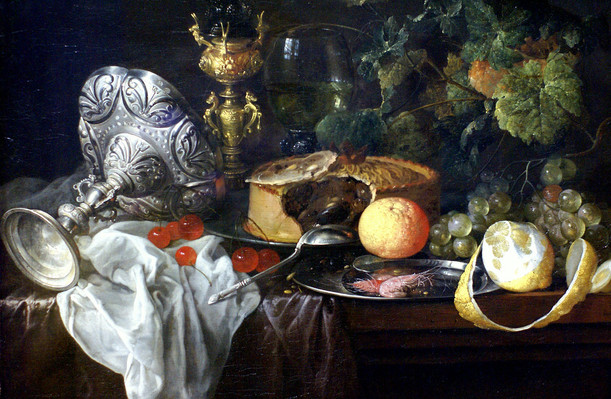















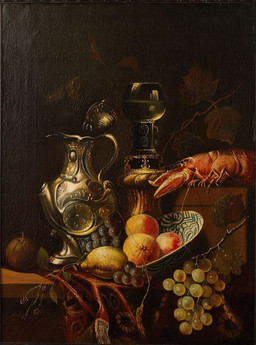


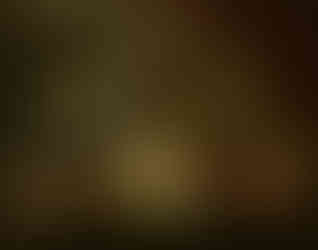


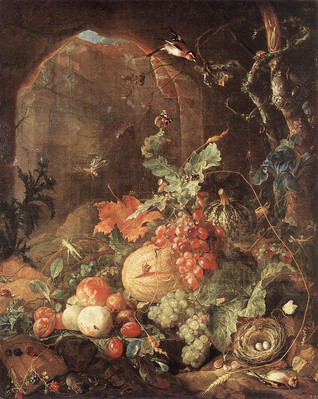


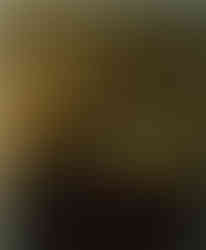


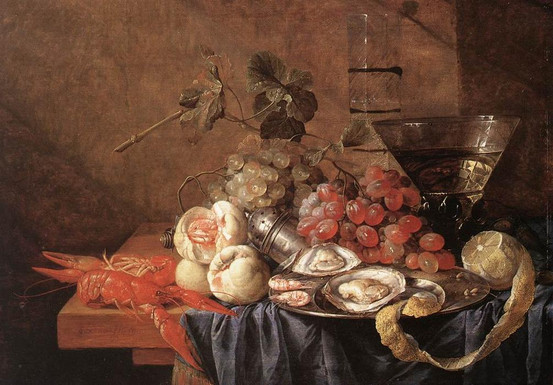

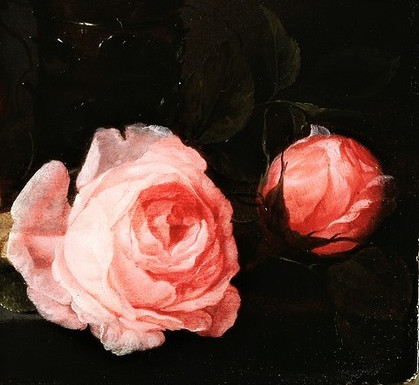

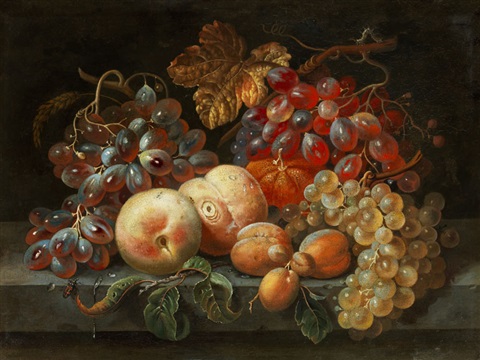



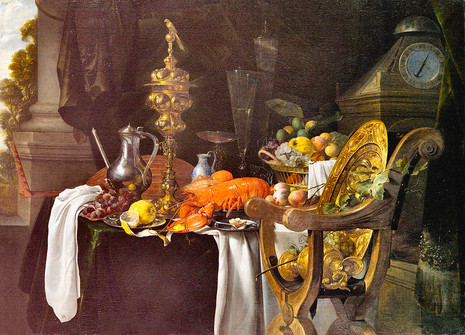



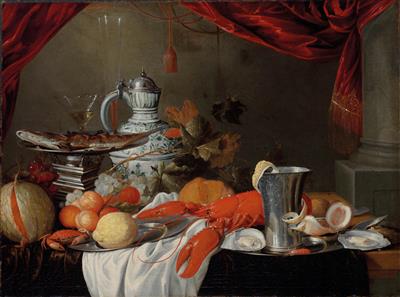



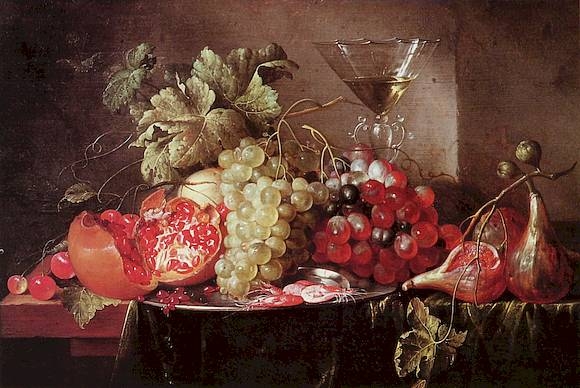



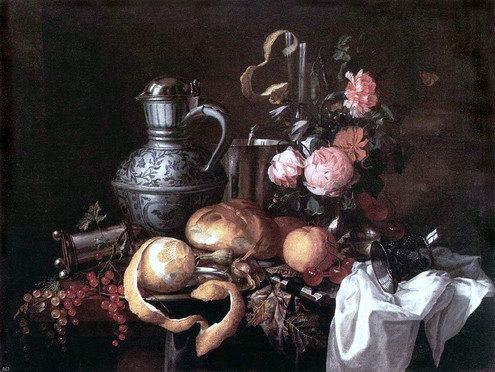















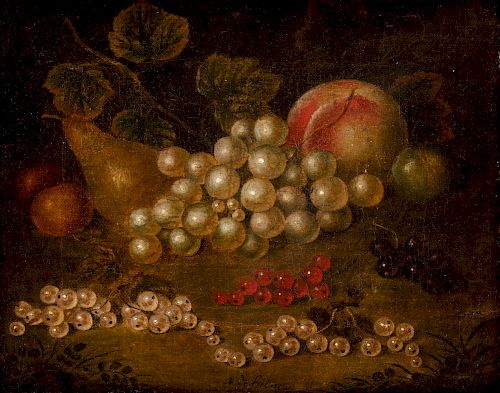
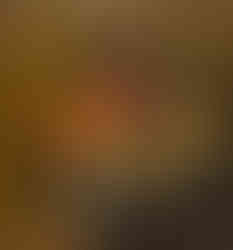



Kommentare